New Year, Same Chaos in Syria.
On October 14, in the wake of Turkey’s invasion of northeast Syria, Bashar al-Assad’s army returned to the cities of Kobani, Qamishli and other border towns that it had left in 2012. It was the end of a period of relative stability for these areas, under a de facto US-Kurdish protectorate. The fighting formally ended with a Russian-brokered ceasefire on October 22.
But the ceasefire is largely a fiction, as I witnessed in several days’ reporting on the frontline in the Tal Tamr area in late November. Turkey accuses the Kurdish fighters of failing to entirely withdraw from the areas they were required to retreat from in accordance with the ceasefire. The Syrian Democratic Council/Syrian Democratic Forces, meanwhile, asserts that Turkish-aligned forces have committed at least 200 acts of violation of the ceasefire since October 22, including artillery, drone and mortar attacks. Both claims probably have something to them. There are daily exchanges of fire. The villages north west of Tal Tamr directly adjacent to the Turkish lines are largely deserted.
The SDF burns tyres and oil at the entrance of the village of Um Kaif, raising a thick black smoke intended to blur the vision of the Turkish Bayraktar strike drones that reap a heavy toll among the ranks of the Kurdish fighters. It is a primitive tactic, and of limited use. David Eubank, a former US Army Special Forces officer who runs a medical NGO based in Tal Tamr, told me that he estimates that drones account for about half of the deaths on the Kurdish side in the operation. When the artillery opens up, those civilians who have remained in Um Kaif rapidly flee.
A line of vans laden with mattresses, chairs, rugs, tables are soon making their way to the relative safety of Tal Tamr itself. The mortars and artillery from the regime positions rapidly respond. We learned later that a regime soldier had been killed in the exchange of fire. This is what the ceasefire looks like.
Further west, in Ain Issa, the SNA and the Turks have tried two offensives since October 22. On November 6 and then again on November 20 they attempted unsuccessfully to take the town. There are near daily fatalities on both sides. But for now the lines are largely static.
The Assad regime soldiers in Tal Tamr and Um Kaif are unshaven, poorly equipped — and surprisingly friendly. Very different from the haughty and suspicious way the regime army tends to carry itself on its home turf. An SDF fighter confides in us that the government’s men sometimes come to beg for food from the SDF positions. Their own supplies are meagre, a few boxes of potatoes and tomatoes. They are short on medicines too.
The Assad regime is making no attempt to reimpose its full authority in northeast Syria.
At least for now, the regime is making no attempt to reimpose its full authority on the ground. The roadblocks that remain every few kilometres between the towns are still manned by the SDF.
The regime army is deployed only along the border, facing the Turks. In the cities, too, it is the Kurds who are in control on the ground. The journalists and NGO workers who fled the advance of the regime in mid-October have cautiously begun to return. No one knows how long the present situation will hold.
So where may things be heading? Kurdish leaders I interviewed are adamant that they will only accept a full rapprochement with the regime in the context of a political agreement. Such an agreement, in turn, would need to take account of their determination to maintain their present structures of governance and security within the framework of any new constitution.
General Mazloum Abdi, commander of the SDF, told me that “if the regime wants us to come back to the centre, then they must fulfil the demands of the people here — Kurds and Arabs. For eight years, the people have had autonomy here and the regime must accept this demand.”
The general further notes that contrary to initial expectations, the Americans have not completely left. The SDF remain the preferred US partner in continuing anti-Islamic State operations. The remaining US presence may be emboldening the Kurds to take a less compromising stance in the present Russian-mediated negotiations with Damascus.
Syria today remains fragmented, thoroughly penetrated by outside powers and broken. Fully eight armies of various kinds are active in the narrow space between the Euphrates River and the Iraq-Syria and Turkey-Syria borders. These are the Turks, their SNA allies, the Kurdish-dominated Syrian Democratic Forces, The SAA (regime forces), the Russians, the Americans, the Iranian Revolutionary Guards with their various militia proxies and, of course, the remaining networks of the Islamic State.
The main victims of the continuing conflicts, meanwhile, are the long-suffering civilian population, whose desire for security and normal life are no different from any other civilians. In the words of Anisa, a 38-year-old Arab refugee from Ras al-Ain, as told to me from her family’s cramped room in the Liwa school in Qamishli: “We don’t want assistance. We won’t go to a tent camp with winter coming on. I have been driven from my home three times in the last five years. From Ras al ain by Nusra in 2013. From Raqqa by ISIS a year later. Now from Ras al Ain again by Erdogan. I’m 38 and I look 50. All I want is my home, in Ras al-Ain. And to live in my own country in peace. Nothing more.”
It was a hope shared by hundreds of thousands of displaced Syrians across northern Syria as 2019 drew to a close. And with Syria’s wars about to enter their 10th year, it is a hope which — tragically — appears as distant and as far from realisation as at any time in the past decade.
Published in The Australian, 04.01.2020
JISS Policy Papers are published through the generosity of the Greg Rosshandler Family.
photo: VOA [Public domain]

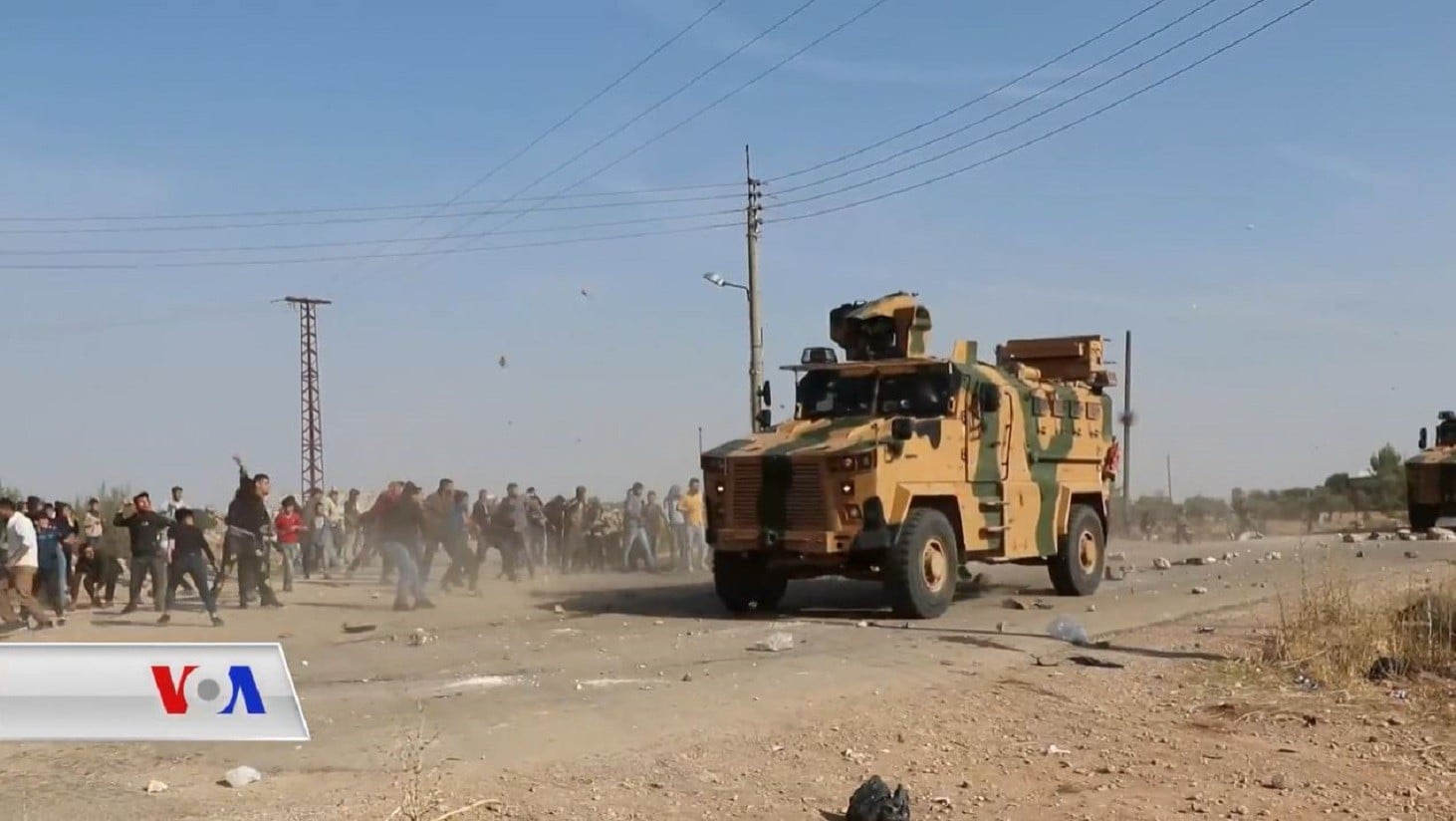
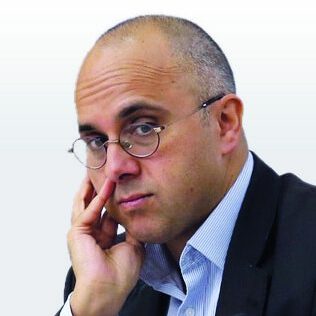
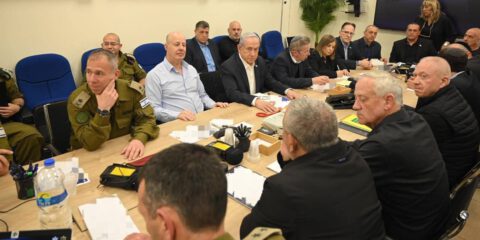

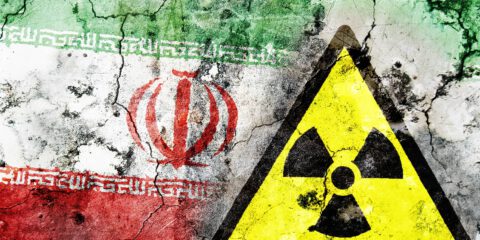
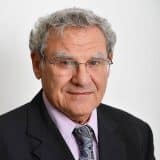
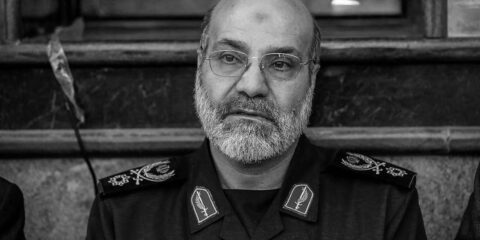
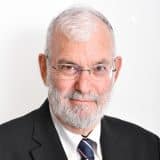
 - בניית אתרים
- בניית אתרים